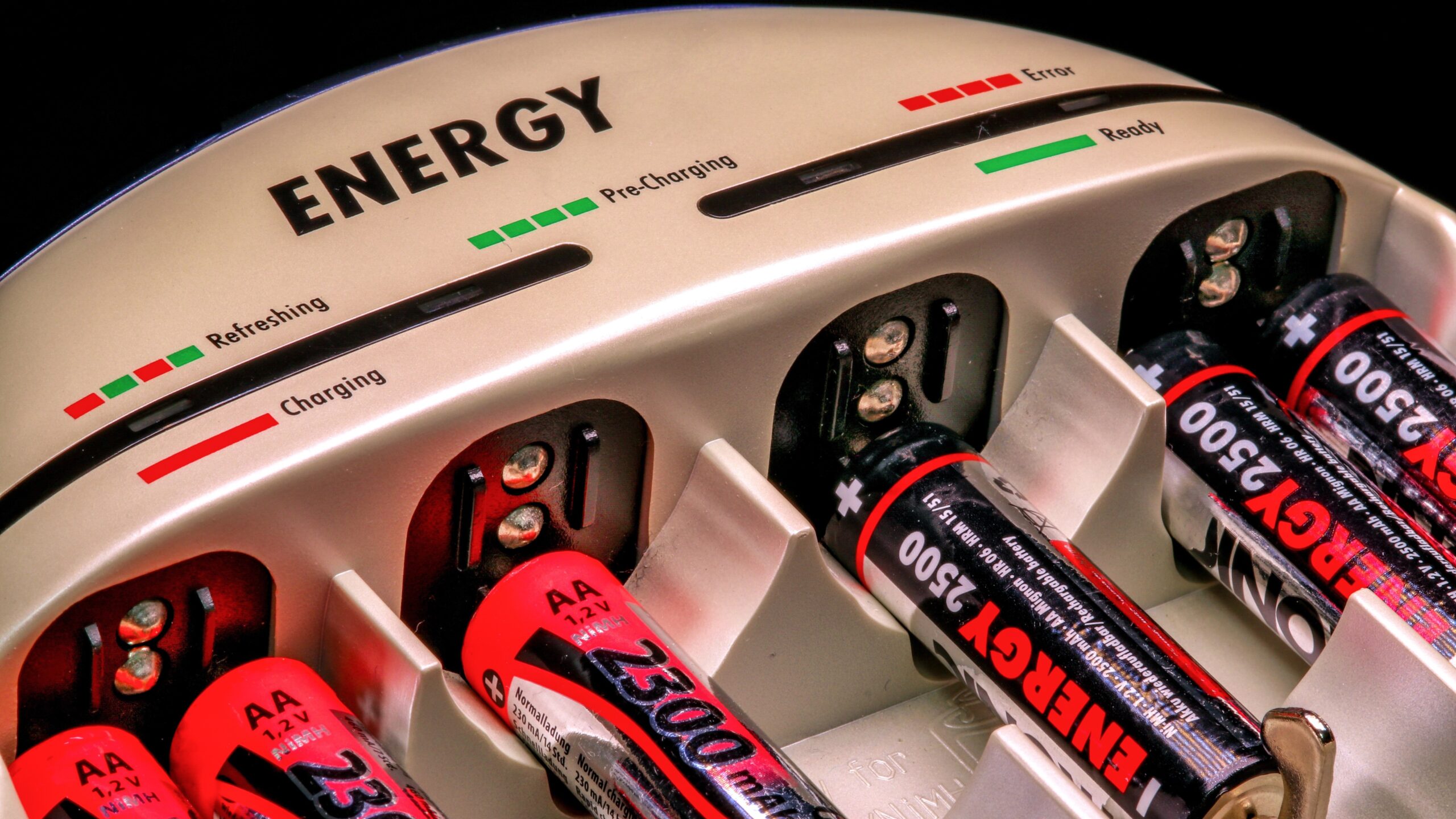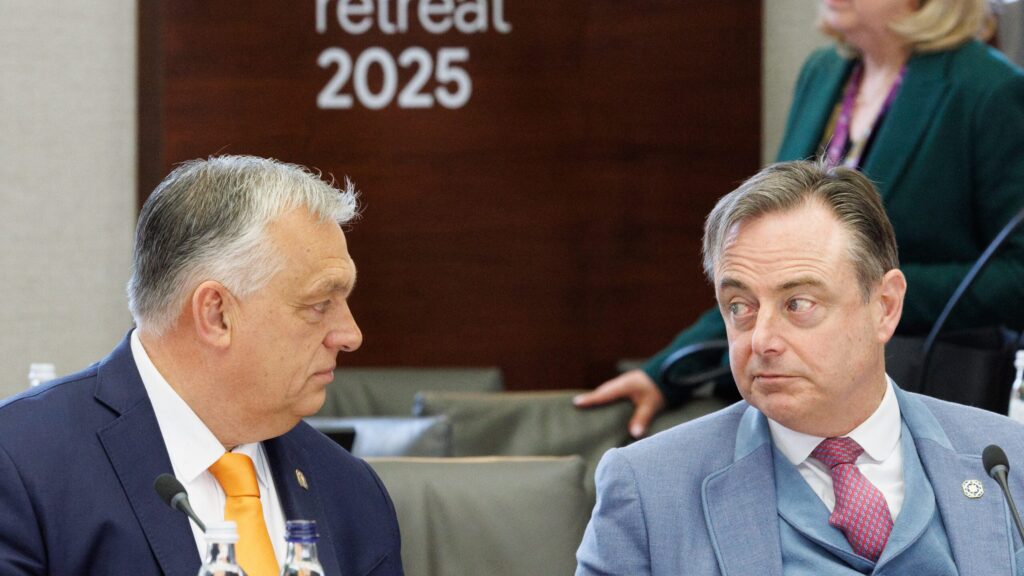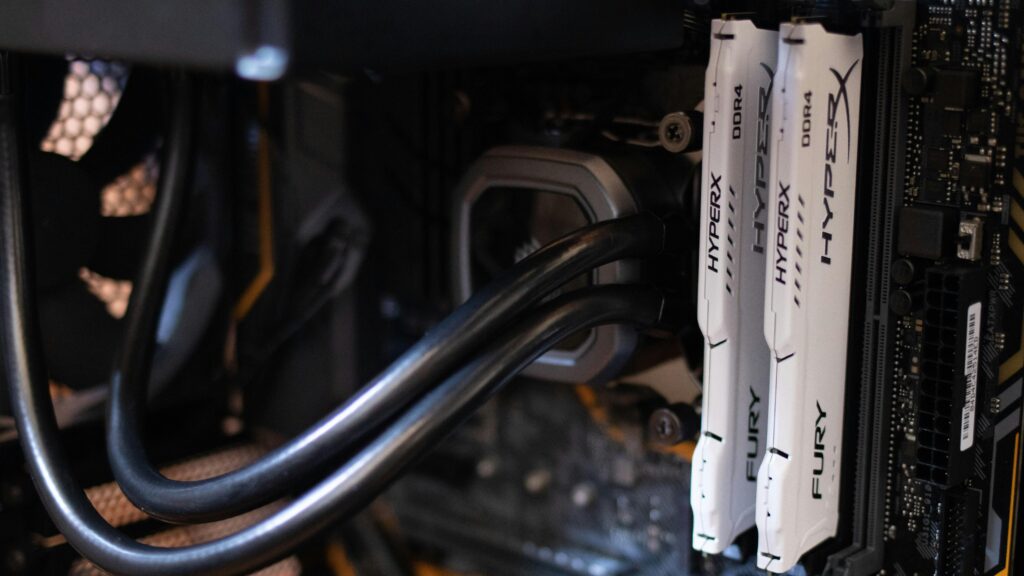In the race to find efficient ways to store surplus energy, batteries remain the most cost-effective, space-efficient, and feasible solution, according to Ádám Vida, research and development director at the Bay Zoltán Research Institute. Speaking on the latest episode of the Blue Planet podcast, hosted by former Hungarian President János Áder, Vida highlighted the ongoing challenges of energy storage and the potential alternatives being explored.
Áder noted that Hungary’s solar power capacity now exceeds 7,000 megawatts, but grid fluctuations pose a serious challenge. Vida explained that cyclic power generation leads to instability, requiring a stable base load to balance the network. Additionally, surplus electricity production remains a global issue, as unused energy represents a financial loss.
Discussing hydrogen as a potential energy storage solution, Vida pointed out that while it is often considered the technology of the future, significant hurdles remain. One major issue is material degradation—hydrogen can weaken metal storage tanks, causing them to become brittle and prone to cracking. Moreover, leaked hydrogen mixing with oxygen poses a serious explosion risk. Hydrogen transport through pipelines is also problematic, as it accelerates wear and tear on the infrastructure.
When asked whether batteries could be phased out in the foreseeable future, Vida stated that, based on current knowledge, they remain indispensable. He emphasized that, after fossil fuels, batteries provide the highest energy density among existing storage solutions, making them the best option for managing excess electricity.
The conversation also touched on the Chipcer project, a research initiative at the Bay Zoltán Research Institute. Vida described their work on a ceramic chip carrier, a vital component for renewable energy farms. This material, just a few hundred micrometres thick, must offer high thermal conductivity while maintaining low electrical conductivity.
For over a year researchers have been developing an advanced ceramic material that matches current market prices but offers twice the thermal conductivity. However, Vida estimated that it would take another three years before this innovation could reach the stage where it can be commercially discussed.
Additionally, the institute has been engaged in battery development for the past 13 years. Researchers hope to showcase their advancements later this year.
Beyond technological solutions, Vida stressed the importance of changing consumer behaviour. If people used electronic devices more consciously, it could significantly ease the burden on energy distribution systems. Áder echoed this sentiment, concluding that without a shift in public awareness, even the most advanced research will have limited impact.
Hungary’s ongoing research in energy storage and material science reflects a broader global effort to balance sustainability with efficiency. However, as Vida and Áder pointed out, achieving lasting progress will require both technological breakthroughs and a shift in how society approaches energy consumption.
Related articles:







